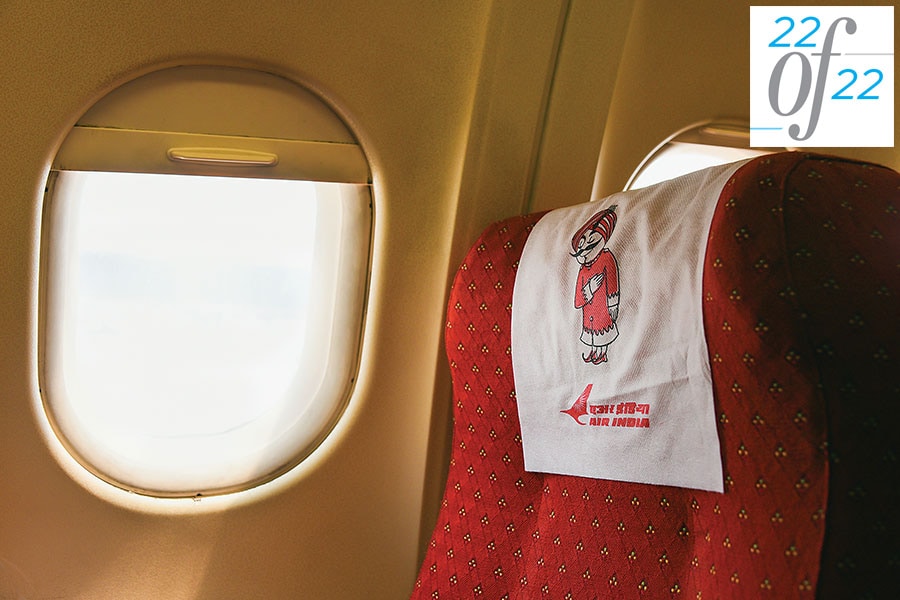
Air India: Will we see a new avatar of the beleaguered airline in 2023?
After seven decades, the Tata Group bought from the government the flagship carrier its founder had launched. Will it manage to significantly turn around the airline's fortunes in 2023?
 Air India currently has a size of 128 aircraft
Image: Santhosh Varghese / Shutterstock
Air India currently has a size of 128 aircraft
Image: Santhosh Varghese / Shutterstock
It had been a seven-decade-long wait. But, at the end of it all, the salt-to-steel conglomerate, Tata Group, finally brought Air India home in 2022. The Indian government had begun the process of selling Air India in July 2017 before it finally chose the Tata Group in October 2021 as the potential buyer. As part of its bid, the group’s wholly-owned subsidiary Talace Pvt Ltd put an enterprise value (EV) bid at ₹18,000 crore with debt to be retained at ₹15,300 crore and a cash component of ₹2,700 crore.
The airline was formally handed over to the conglomerate in January 2022, making it one of the largest airline companies in the country. “We are delighted that the disbursement is completed,” Tata Group chairman N Chandrashekaran announced after the handover. “We are happy that Air India is back with the Tata Group. We look forward to working with everyone in creating a world-class airline.”
JRD Tata, the former chairman of the Tata Group, had founded Air India in 1932 before the government took over the airline in 1953 as part of a nationalisation plan. The government purchased a majority stake in the carrier from Tata Sons though Tata continued as chairman till 1977. The company was renamed Air India International Limited, and the domestic services were transferred to Indian Airlines as part of a restructuring.
Since then, the airline had become a white elephant and even came to symbolise everything wrong with governmental interference in running the day-to-day operations of a company. Much of that is largely due to an ill-timed move by the government in 2007 when it merged Air India—then flying internationally—with domestic carrier Indian Airlines in 2007, creating a bigger entity, the National Aviation Company of India Ltd.
Both Air India and Indian Airlines were making losses at that time, bleeding ₹541 crore and ₹240 crore, respectively.








